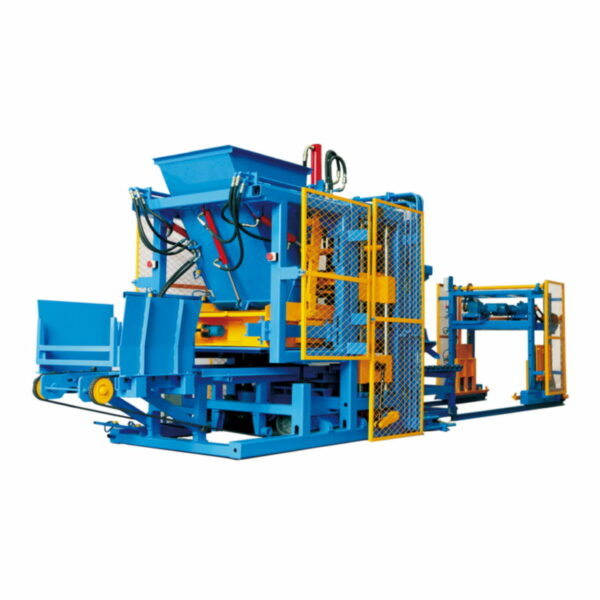Concrete block machinery must be capable of handling changes in production demand efficiently to ensure smooth operations and optimal utilization of resources.
Here are several ways in which concrete block machinery can handle fluctuations in production demand:
- Modular Design: Many modern concrete block machinery systems feature modular designs that allow for easy scalability and flexibility. Additional modules or production lines can be added or removed as needed to adjust to changes in demand.
- Variable Speed Control: Concrete block machinery often incorporates variable speed control for conveyor belts, mixers, and other components. This allows operators to adjust the production speed to match the current demand, optimizing production efficiency.
- Quick Changeover: Concrete block machinery with quick changeover capabilities can transition rapidly between different block sizes, shapes, or configurations. This flexibility enables manufacturers to respond promptly to changes in customer requirements or market demand.
- Inventory Management: Effective inventory management practices help ensure that adequate raw materials and finished products are available to meet fluctuating production demand. Just-in-time inventory systems and real-time monitoring tools can help optimize inventory levels and minimize waste.
- Flexible Production Scheduling: Concrete block machinery can be programmed to accommodate flexible production schedules based on demand forecasts, customer orders, or market trends. Advanced scheduling algorithms and software can optimize production plans to maximize efficiency and minimize downtime.
- Multi-Tasking Capabilities: Some concrete block machinery systems are equipped with multi-tasking capabilities, allowing them to perform multiple operations simultaneously. For example, a single machine may be capable of molding, curing, and stacking blocks concurrently, reducing cycle times and increasing throughput.
- Remote Monitoring and Control: Remote monitoring and control systems enable operators to oversee production processes and make adjustments in real-time, even from remote locations. This capability allows for rapid response to changes in production demand and minimizes downtime.
- Predictive Maintenance: Predictive maintenance techniques, such as condition monitoring and predictive analytics, help prevent unexpected equipment failures and downtime. By detecting potential issues early, concrete block machinery can maintain peak performance and reliability even during periods of high demand.
- Collaborative Robots (Cobots): Collaborative robots, or cobots, can be integrated into concrete block machinery systems to assist with tasks such as loading and unloading, palletizing, and quality control. Cobots can adapt quickly to changing production requirements and work alongside human operators to increase productivity.
- Training and Cross-Training: Well-trained operators and maintenance staff are essential for effectively managing changes in production demand. Training programs and cross-training initiatives ensure that personnel are equipped with the skills and knowledge needed to operate, maintain, and troubleshoot concrete block machinery efficiently.
By implementing these strategies and leveraging advanced technologies, concrete block machinery can effectively handle changes in production demand while maintaining high levels of efficiency, flexibility, and productivity.
